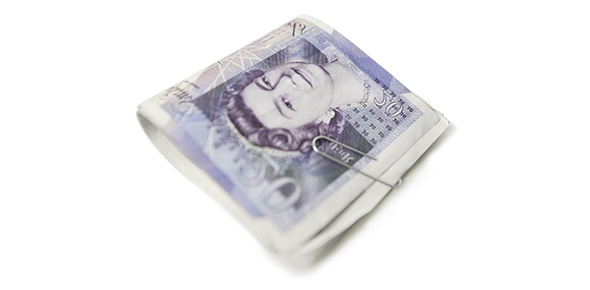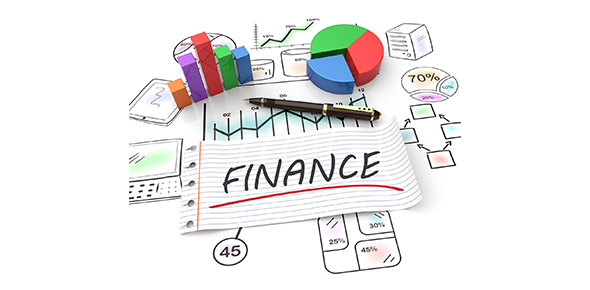Related Flashcards
Related Topics
Cards In This Set
| Front | Back |
|
Income statement
|
A document showing the sales, costs and profit of a business in a period.
|
|
Balance sheet
|
A snapshot at a point of time that shows the assets of a business and where the funds to purchase them came from.
|
|
Cash flow
|
Total cash receipts minus total cash payments, in any period.
|
|
Breakeven point
|
Fixed costs divided by contribution margin, expressed in $/£ of turnover.
|
|
Gross profit
|
Sales minus cost of sales
|
|
Net profit
|
Operating profit (gross profit minus operating costs) minus interest.
|
|
Operating costs
|
The costs of running the business and selling its products/services, such as selling, marketing and administrative costs. Not part of the cost of sales.
|
|
Operating profit
|
Gross profit minus operating costs.
|
|
Contribution per unit
|
Sales price minus variable cost.
|
|
Margin of safety
|
Sales (turnover) minus breakeven point (expressed in $/£ turnover), all divided by sales (turnover), expressed as a decimal fraction, but usually converted to a percentage.
|
|
Death Valley curve
|
The typical valley-shaped curve of the cash flow of a business start-up.
|
|
Current assets
|
Cash or assets that can be converted within one year into cash. Normally cash, debtors (receivables) and stock (inventory).
|
|
Current liabilities
|
Liabilities that need to be paid within one year. Normally overdraft, creditors (payables) and any loans or liabilities (such as hire purchase) due for repayment within the year.
|
|
Shareholders’ funds
|
The total money or equity invested in the business by all shareholders (including venture capital) plus accumulated or retained profits.
|
|
Return to shareholders
|
Net profit divided by shareholders’ funds, expressed as a decimal fraction, but usually converted to a percentage.
|







